Water Resources
From Water
to Prosperity
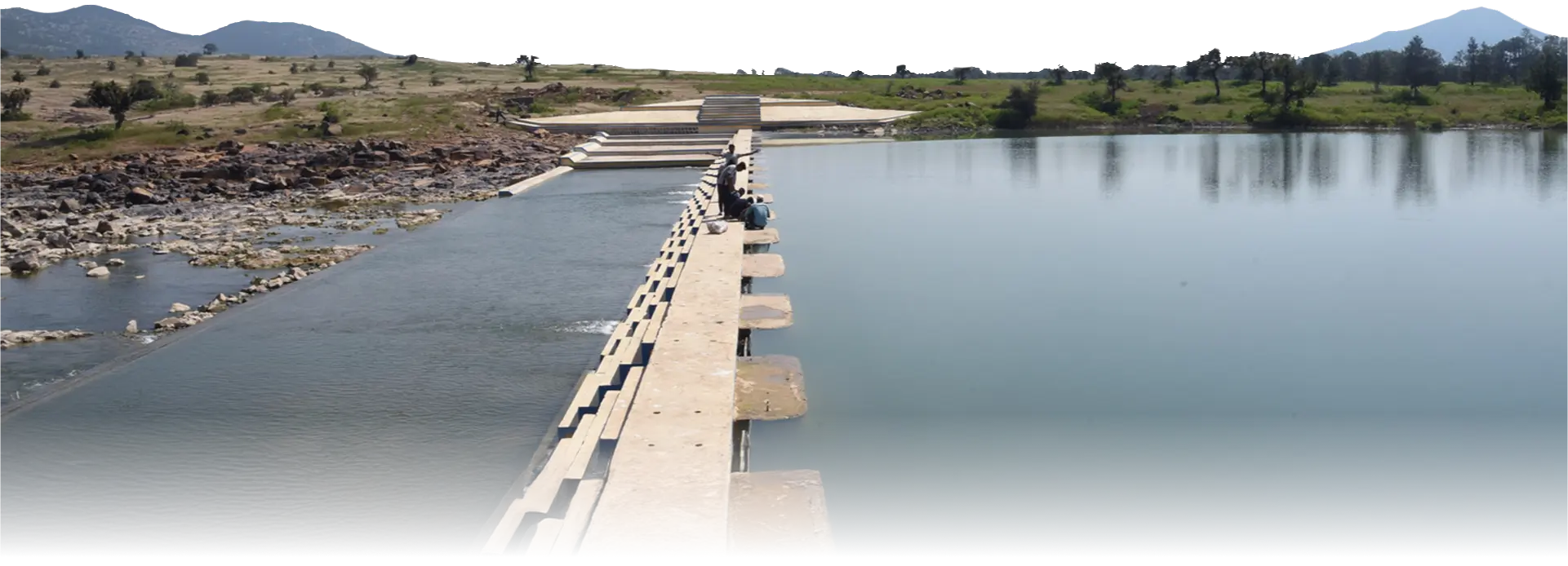

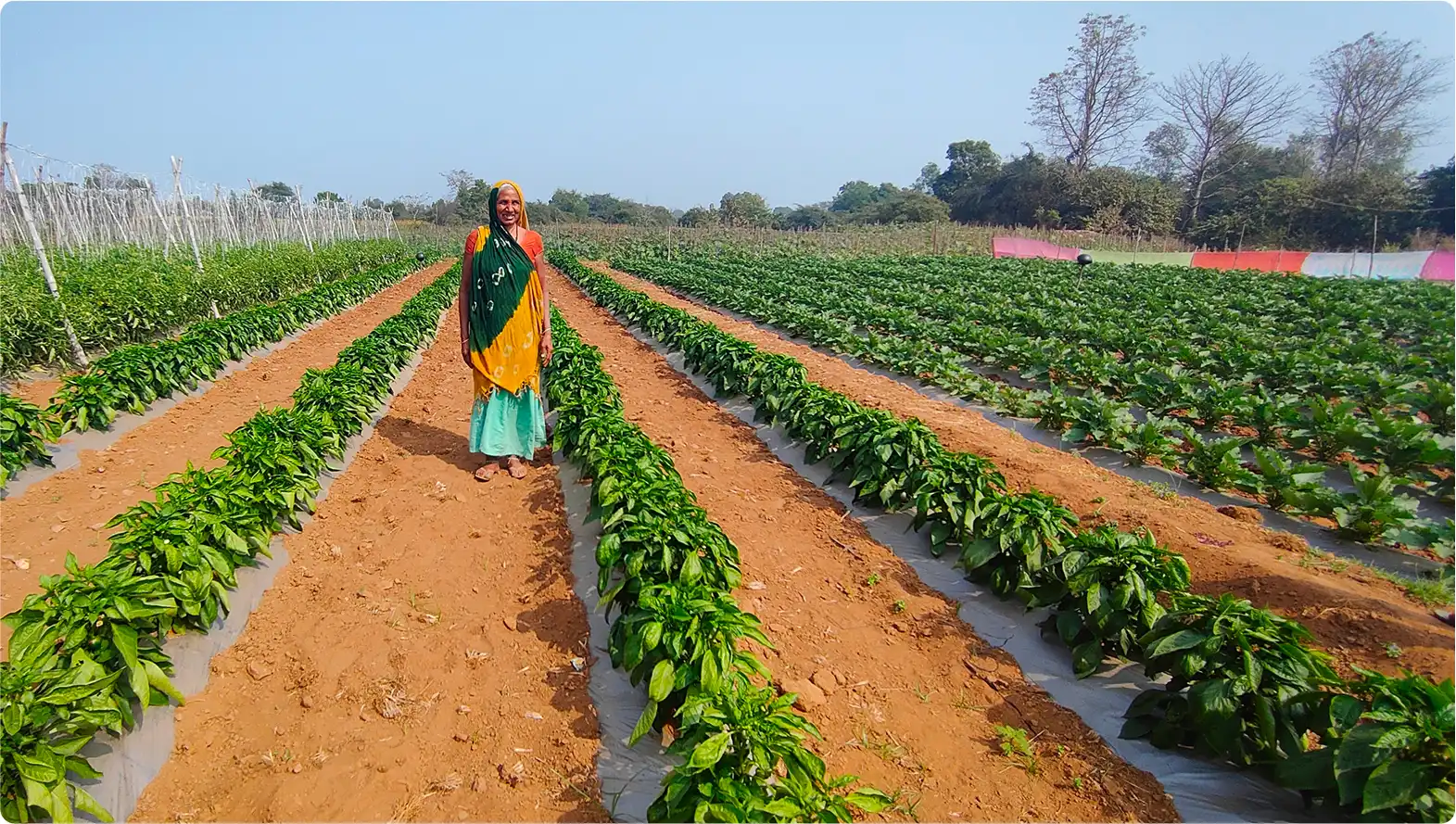
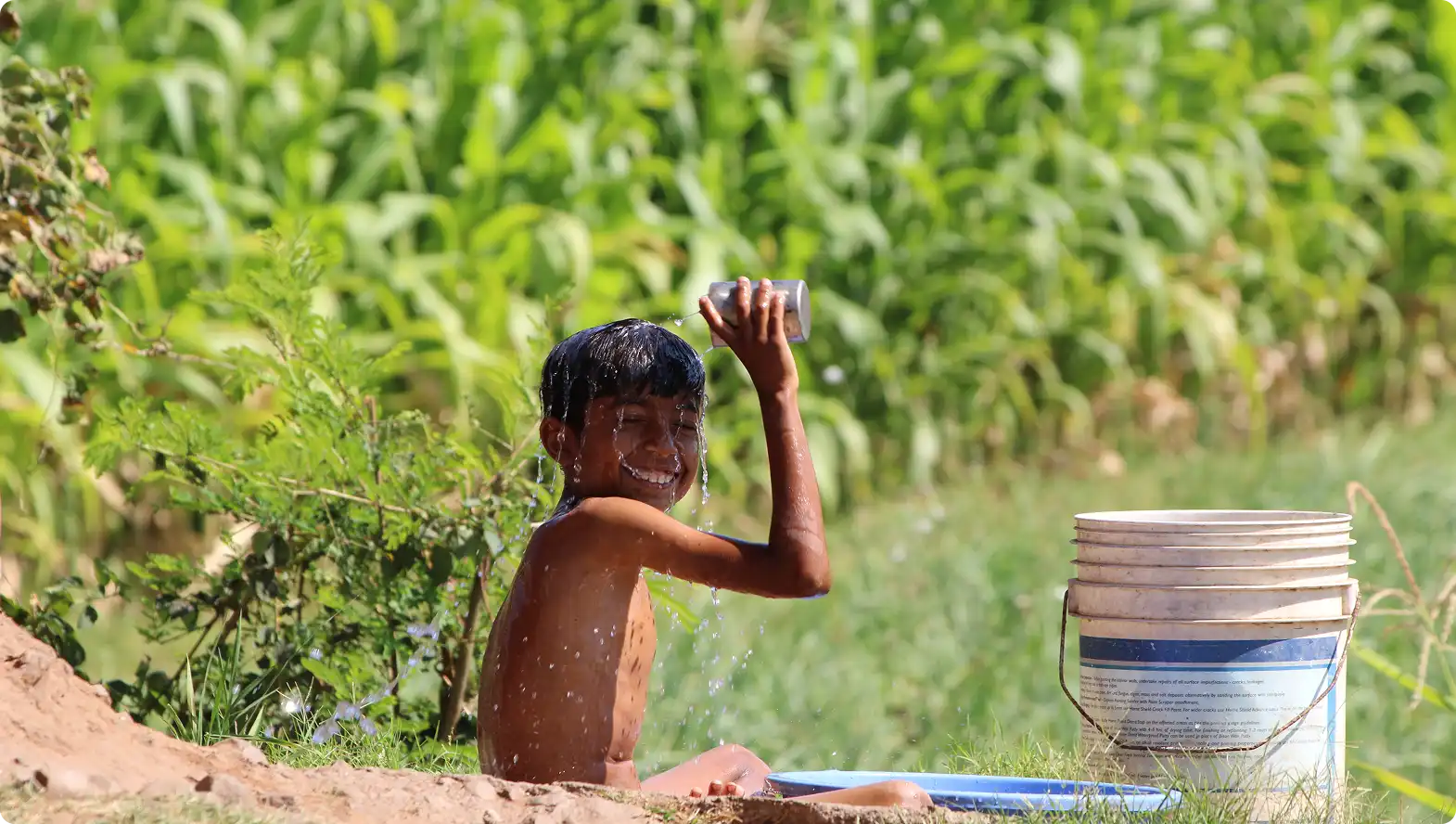

Reliable water access enables consistent irrigation, boosting crop productivity, quality, and income.

Efficient water management supports continuous cultivation, reducing reliance on rainfall and enhancing climate resilience.

Improved water availability allows for crop diversification and high-value farming, expanding income sources.

Decentralized drinking water schemes provide clean water, improving health and easing women's burdens.

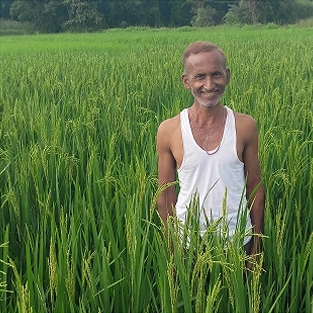
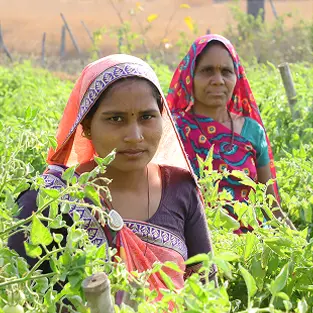
The Power of Community Participation

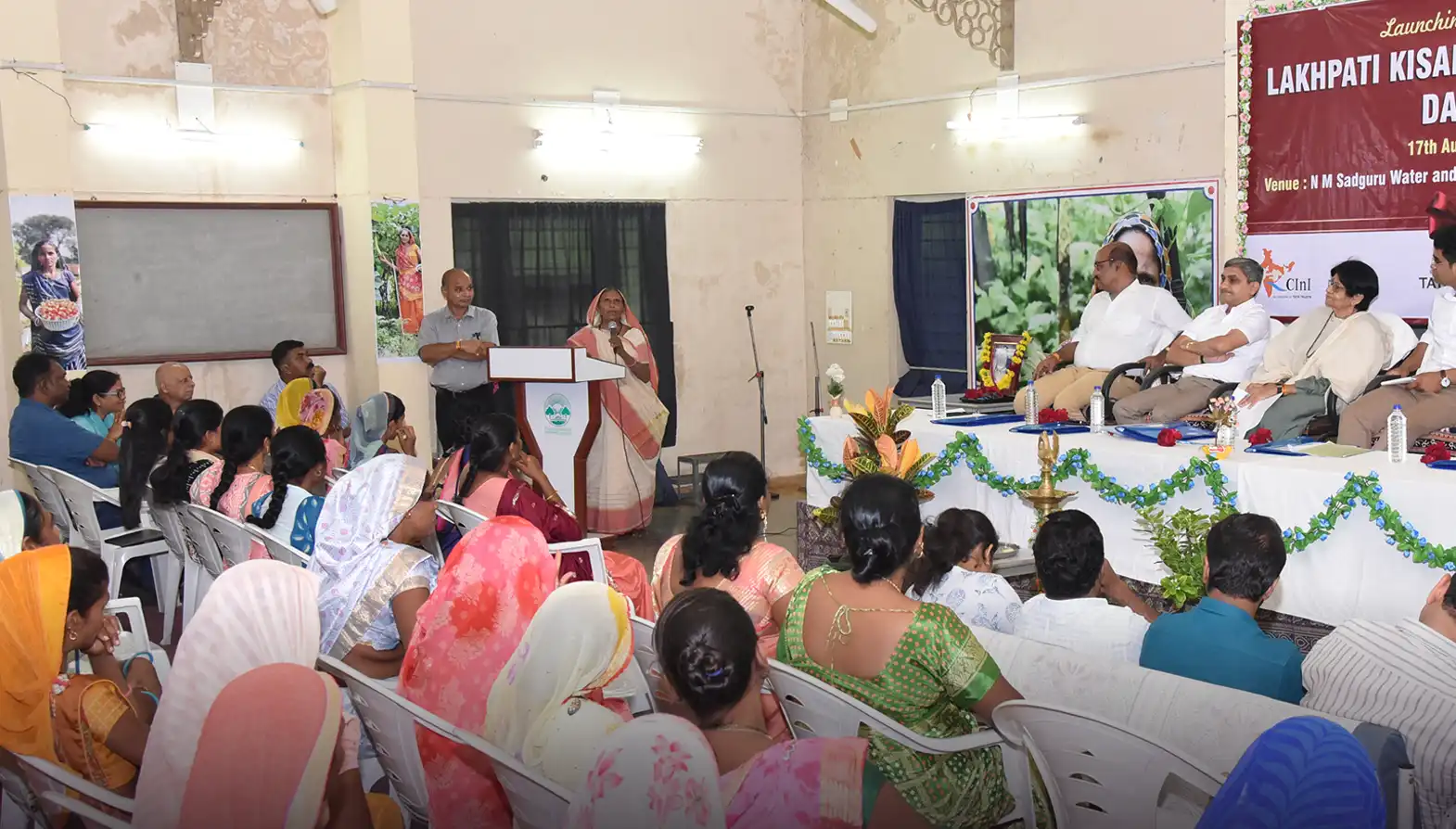
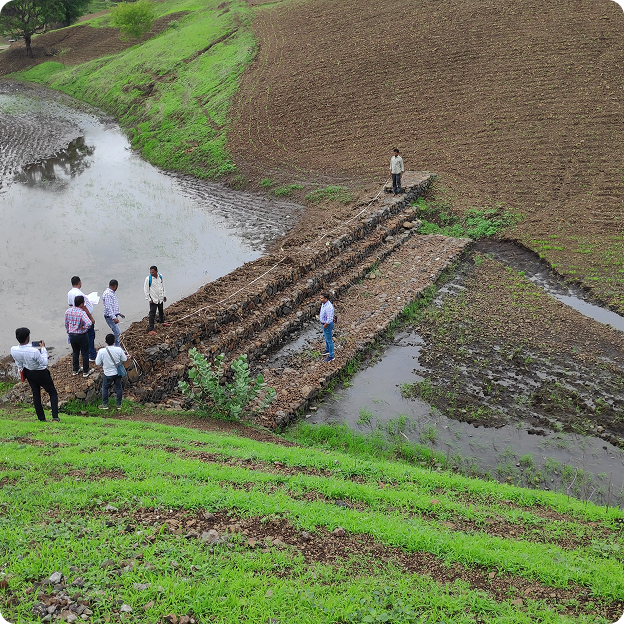
A gabion structure in Hamir Faliya (NABARD WDF-Thetham project) restored barren land, enabling Prakash Samji to grow paddy, fodder, and gram for the first time.
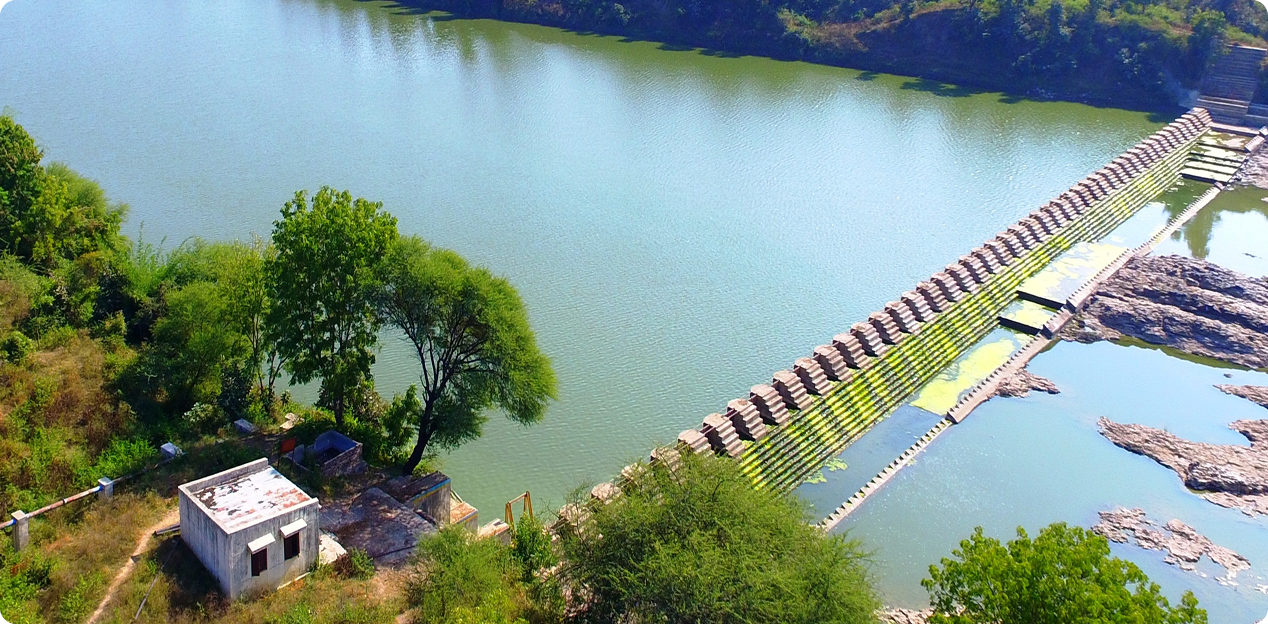
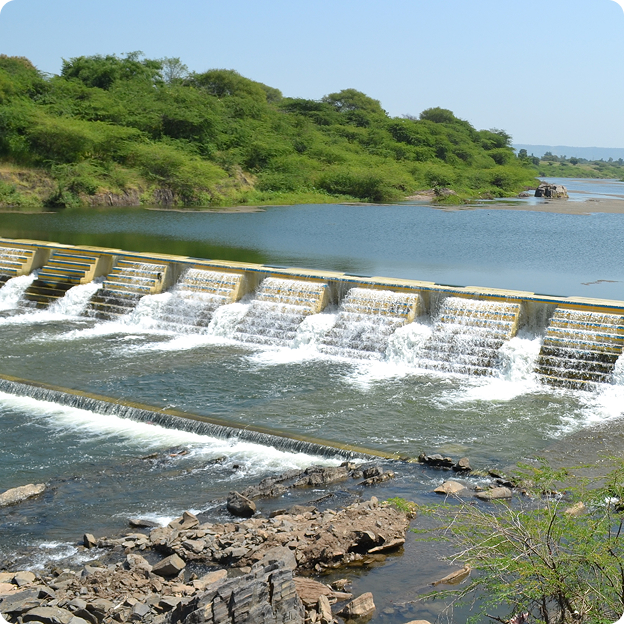
A check dam on the Hiren River (RKVY) now irrigates 250 acres across four Banswara villages, with an 11 mcft storage capacity.
A check dam across river Hiren was completed in Jhamri village of District Banswara under RKVY bringing 250 acres of land of 4 villages; Jhamri, Balandiya, Munnipada and Dhadka under Irrigation. Total storage of Jhamri check dam is 11 mcft.
A gabion structure was constructed in the field of Prakash Samji in village Hamir Faliya under NABARD WDF-Thetham project to reduce the runoff velocity and to stabilise the upstream drainage system. This gabion greatly helped the farmer to take the crops in the bed created due to soil restoration and water conservation, which was not possible earlier. He grew paddy and fodder for the first time in monsoon that yielded 5 quintals of paddy and 27 quintals (275 bundles) of fodder for cattle. He then also took gram during the winter that yielded 160 kg of gram. This shows that the watershed treatment is extremely useful in converting the uncultivable land to productive land.